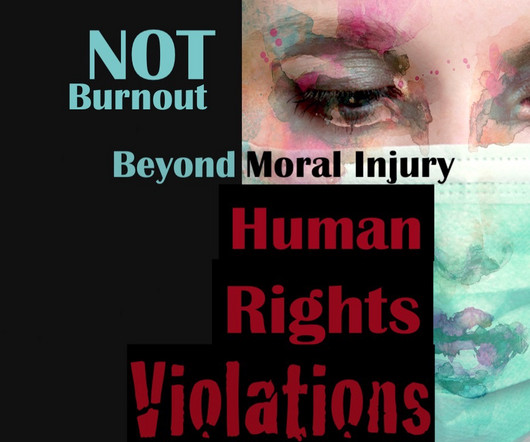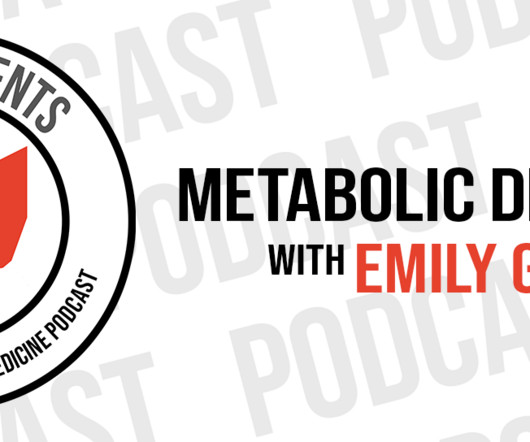Empowerment Self-Defense Arms ED Staff Against Rising Workplace Violence
Physician's Weekly
JUNE 26, 2025
For physicians, nurses, medical assistants, and support staff, workplace violence (WPV) is now a daily hazard, inflicting physical injury, emotional trauma, and eroding the quality of patient care. As The Pitt illustrates, unchecked violence in the ED leads to moral injury, staff attrition, and compromised patient care.




















Let's personalize your content